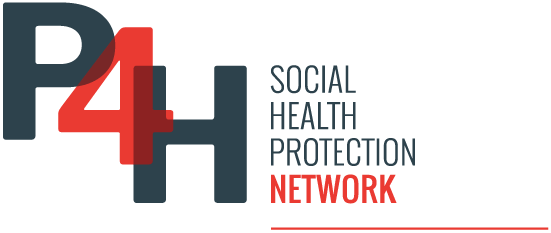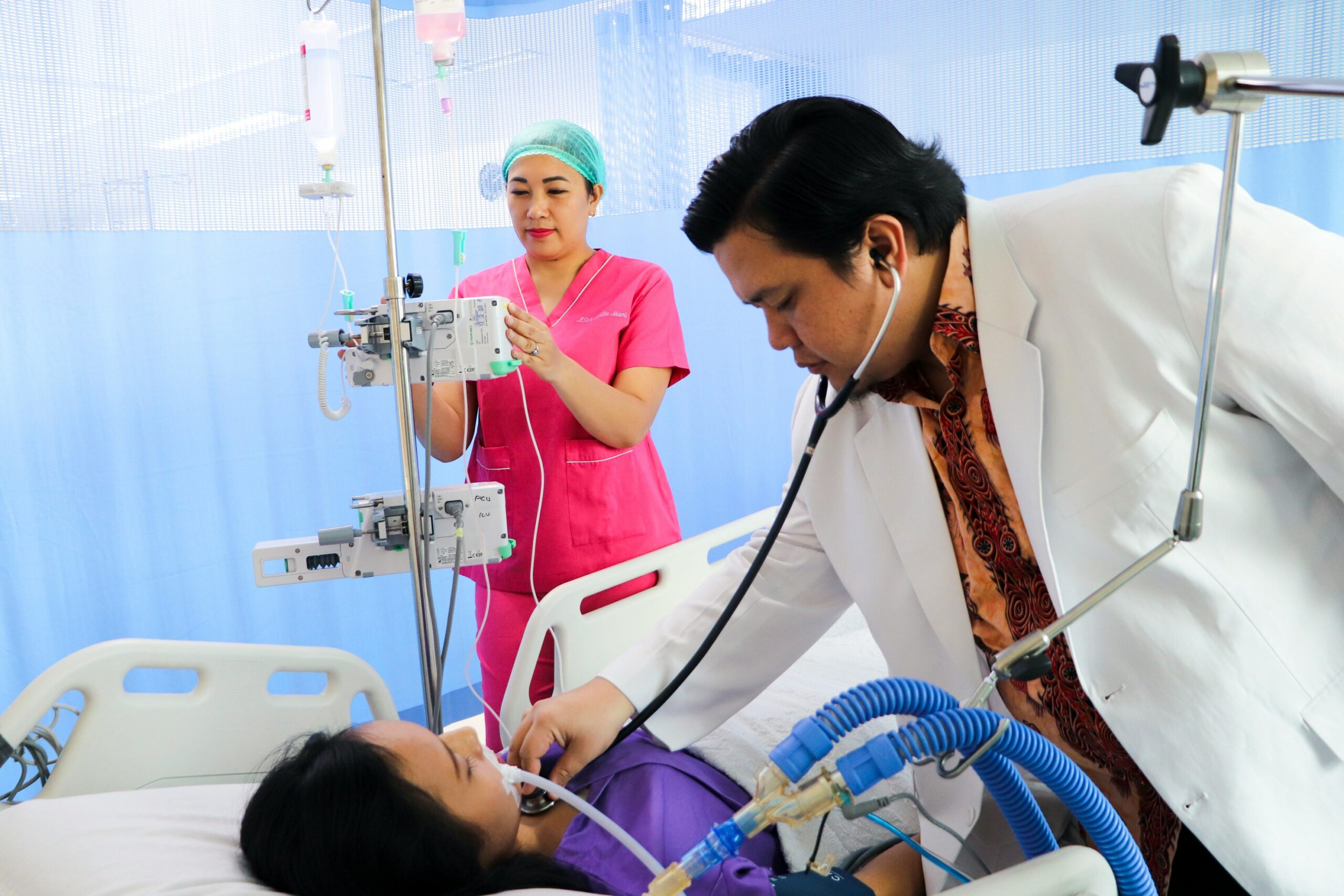A report by the Korea Development Institute reveals that rising health insurance spending in Korea is primarily driven by increasing prices at clinics and outpatient services, leading to concerns about the system’s sustainability.
A recent report from the Korea Development Institute (KDI) highlights that the significant rise in Korea’s health insurance spending is primarily driven by increasing prices at clinics and for outpatient services. Titled “Factors and Implications of Increasing Health Insurance Spending,” the report advocates for a reform of the current fee-for-service payment system to a performance-based payment model, such as bundled or capitated payments, to control these escalating health insurance costs.
The KDI’s findings indicate that Korea’s healthcare spending has surged, with medical expenditures reaching 9.4 percent of GDP in 2022, surpassing the OECD average. This increase in health insurance spending is outpacing growth in central government expenditures by more than double, raising concerns regarding the sustainability of the healthcare system. Without measures to effectively manage health insurance spending, gaining public support for potential premium hikes or increased government funding via taxes may prove challenging, particularly among younger demographics who contribute more yet receive fewer health benefits.
The study conducted by the KDI aims to explore the factors influencing healthcare expenditure changes and propose financial management strategies. Using 2009 as a baseline, KDI analyzed how variables like price, service volume, and population changes shifted annually. The analysis revealed that rising prices are the foremost factor driving healthcare spending growth, accounting for 76.7 percent of the increase from 2009 to 2019. In contrast, service volume and population changes contributed only 14.6 percent and 8.6 percent, respectively, indicating that addressing price-related factors is crucial for effective healthcare expenditure management.
In examining healthcare expenditures by type of medical institution, the KDI found that outpatient service prices exert significant influence, responsible for 38.7 percent of the increase in health insurance expenditures. Key factors contributing to this rise include the use of high-cost services, changes in treatment intensity, and a higher patient volume. Specifically, at the clinic level, price factors accounted for 24.9 percent of expenditure increases, partly due to a greater rise in the number of medical procedures compared to hospitals.
Between 2009 and 2019, clinic prices grew by 28.4 percent, compared to an 18.1 percent price increase in hospitals. Interestingly, the population factor had a minimal impact on healthcare spending increase, which the KDI attributes to healthy aging trends that may mitigate the effects of an aging population.
The report emphasizes that the primary driver of rising health insurance expenditures is the price factor, with outpatient services and clinics being particularly influential. To address these challenges, the KDI recommends a shift away from the current fee-for-service model, advocating for a system that enables clinics to function effectively as primary care providers.
The report suggests that reforms, such as implementing a bundled payment system for chronic diseases like diabetes, could enhance care quality while controlling costs. While there is resistance within the medical community to completely replace the fee-for-service model, the KDI asserts that a performance-based payment approach is necessary in light of the shifting landscape of chronic disease prevalence and healthcare needs.
In summary, the KDI emphasizes the urgent need to reform Korea’s health insurance system to manage the rapidly rising costs driven primarily by prices, thereby ensuring sustainability and improving healthcare quality.


